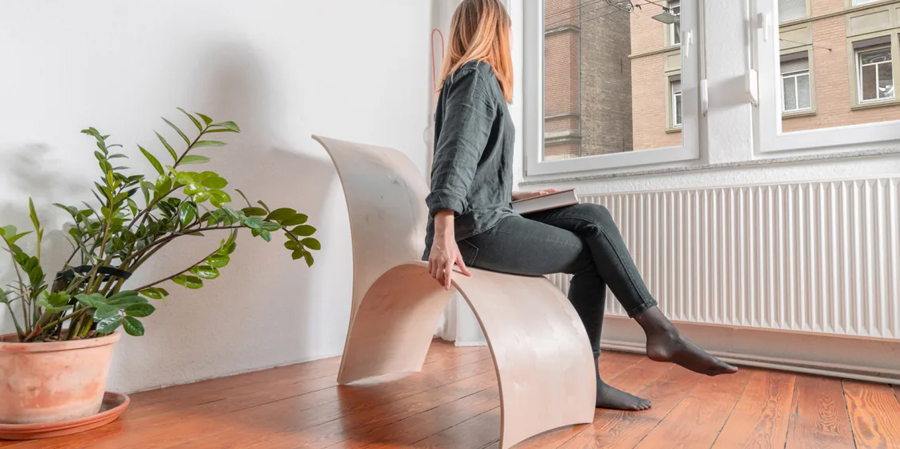Look out, IKEA. This could be the future of building furniture at home.
Imagine buying a new chair from Ikea. You bring the flat box home and open it up. But instead of grabbing a hex wrench and kissing your weekend goodbye, you pop a bottle of wine, sit back, and watch the chair grow from a flat piece of wood right in front of your eyes.
This is the possibility of what University of Stuttgart researchers are calling HygroShape. It’s flat-packed wooden furniture that, over the course of about 8-12 hours of sitting in your home, can become a solid chair or chaise lounge. While this is cutting-edge research, the first buy-able products will hit this spring from a company called Hylo Tech.
“Hylo Tech” is something of a nod at “high low tech,” which is how the aptly named researcher Dylan Wood describes his team’s new technology (Wood co-founded Hylo Tech with Laura Kiesewetter). Today, most wood furniture sold by Ikea involves obliterating a tree into sawdust, then using glue to bind the wood back together into various shapes. More exciting, 3D-printed wood—which just debuted last year—works in largely the same way. An inkjet prints tiny bits of sawdust and binder into shapes.
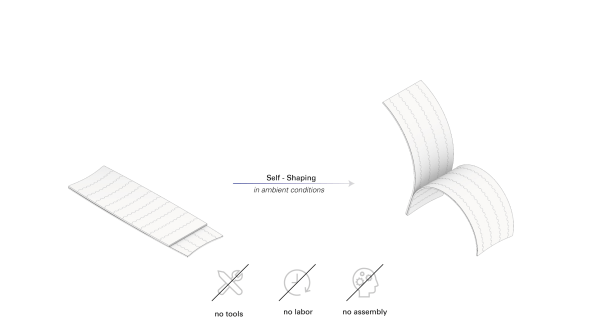
Such wood composite products can be durable, but they also fight against themselves. Trees are naturally filled with fibers that make them strong. Sawdust breaks these wood fibers down to create a powder material with no inherent mechanical strength. “With composites, you spend so much energy—literally energy, but also effort—to refine them and make them perfect,” says Wood. “Then you put all this effort to get them back into new shapes.”
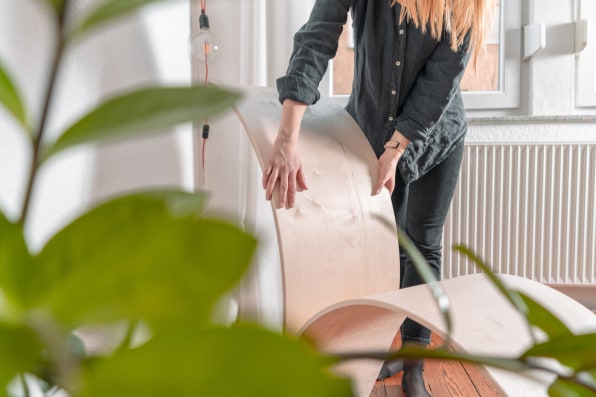
HygroShaping works completely differently, because it not only preserves the natural properties of wood, but it actually depends on them to form a piece of furniture. Here’s how it works: The researchers get a tree. Slicing it into planks, they scan each piece, for both its grain and its water content. (This might sound like a lot of work, but in fact, it’s what most sawmills already do to grade trees.) What’s novel is that the researchers have built software that can analyze this wood grain and moisture, and then understand how it will bend as it naturally dries out.
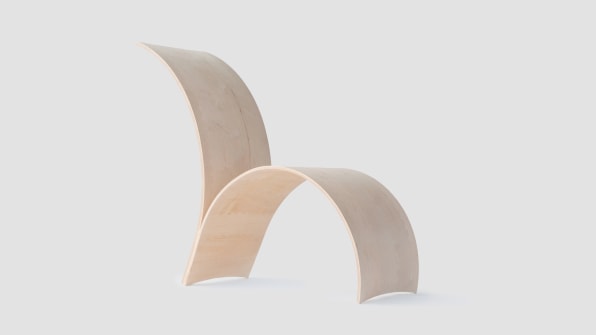
“Wood is anisotropic. It has a coordinate system. To the lay person this is known as the grain. That’s the key,” says Wood. “You usually have to be very careful about this coordinate system and how you use it, but it can be very technically mapped out. Part of the cleverness in what we do here is we kind of put it back together in a slightly different way.”

The researchers chop the tree into puzzle pieces. (The pieces resemble the foam-floor paneling of a home gym or baby play area.) Then they assemble just the right pieces together in a sandwich of flat boards, which will be packed into moisture-trapping packaging while still damp for shipping. Once unpacked, these boards dry and exert pressure on one another to create a very particular shape: your new piece of furniture.
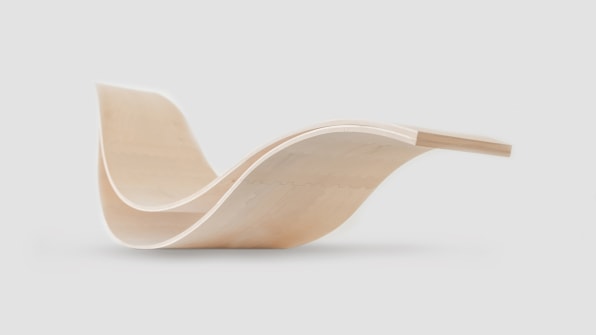
“There’s a hidden code in the layout of the boards,” says Wood. “And when you put them into your house, which is typically dry, they dry out and this physical shape emerges from this code.” Of course, that code isn’t really created by humans. It’s simply how these little pieces of wood prefer to shape themselves. Using computation and clever design, humans are exploiting the natural tendency of wood.
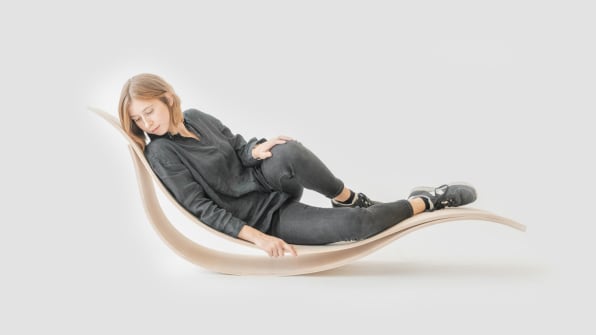
Wood compares his team’s process to the gracefully molded wood shell you see in the Eames Lounger, a hallmark of midcentury modern design, and at the time, a breakthrough on wood processing. To make these chairs to this day, Herman Miller presses a thin sheet of wood into a mold, almost like it’s plastic.

“We love the Eames chair. We almost see this almost as a reinvestigation of that spirit,” says Wood. “But what’s shocking is that we can get the shape just from the pieces and the materials. We don’t need the mold, basically.”
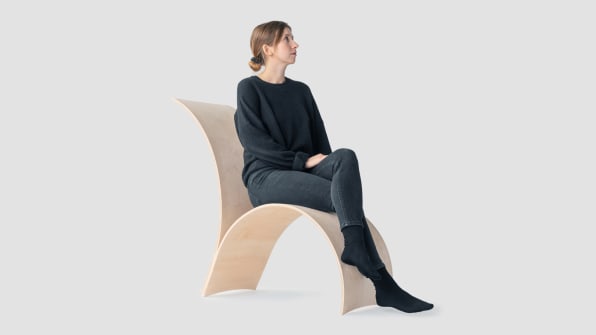
Are there any limitations to the HygroShape process? Most certainly. The team still has incomplete data; they don’t yet know how far they can push all types of wood into which kinds of forms. Another issue is that, because this is a natural shaping process—literally, the wood is shaped by its own drying—there’s some variation on how the exact same chair design will actually render in wood. The same chair will look a little bit different every time—and not just its grain, but its geometries. Wood says the team is currently trying to dial in its computational technology so that it can produce furniture with the right level of predictability, while leaving a bit of room for natural variation.
“We always thought we wanted it to look exactly like the picture,” says Wood. “But trialing with friends and colleagues, [we learned]there actually is a kind of value to the things being slightly different, and expressing the variation they have in the wood.”
…
This article first appeared in www.fastcompany.com
Seeking to build and grow your brand using the force of consumer insight, strategic foresight, creative disruption and technology prowess? Talk to us at +971 50 6254340 or mail: engage@groupisd.com or visit www.groupisd.com/story

